Westminster attack inquest: Bridge 'wasn't seen as terror target'
- Published

A CCTV screengrab highlights Khalid Masood driving along Westminster Bridge
Security barriers were not installed on London's Westminster Bridge ahead of the March 2017 attack there because it was not judged to be a likely terror target, a senior policeman has said.
The bridge links Big Ben and the Houses of Parliament, and the London Eye - all major tourist sites.
Four pedestrians and a police officer were killed during the attack launched by Khalid Masood.
The inquest into their deaths is taking place at the Old Bailey in London.
Chief Superintendent Nick Aldworth, who is responsible for protective security in London, was asked why crash barriers were not in place, especially after two deadly vehicle attacks in Nice and Berlin where the perpetrators drove into crowds of people.
He told Gareth Patterson QC, representing the victims' families, that the bridge was not seen "as a specific location for a specific threat", and there was no need "to mitigate against that threat".
Kurt Cochran, 54, Leslie Rhodes, 75, Aysha Frade, 44, and Andreea Cristea, 31, were killed when Masood drove an SUV into them on the bridge.
PC Keith Palmer was stabbed to death while on duty outside Parliament.
'Hung out to dry'

Clockwise from top left - PC Keith Palmer, Aysha Frade, Leslie Rhodes, Andreea Cristea and Kurt Cochran all lost their lives
Chief Supt Aldworth also addressed allegations that Scotland Yard has tried to "pass the buck" over claims the area was not properly patrolled.
The court has heard that PC Lee Ashby and PC Nicholas Sanders - the armed officers on patrol - had not been near Carriage Gates, where PC Palmer was standing, for nearly an hour before the attack.
Official guidelines said armed officers should be in "close proximity" to the gates when they were open. But the pair said they were unaware of that guidance.
They have said their presence elsewhere in New Palace Yard was in line with instructions they received on the ground.
"Police constables are being hung out to dry to protect you, the senior leadership team", said Susannah Stevens, the lawyer representing PC Palmer's sisters and parents.
Chief Supt Aldworth said he did not accept there had been a systemic failure.
He told the inquest that when he was at Westminster, he had tried to "anchor officers in close proximity to Carriage Gates", instead of near the MPs' entrance to the Palace of Westminster - which is in an area that is already secure.
It was "completely unnecessary and not good tactical thinking" to have them near the members' entrance, he added.
'Special in the eyes of God'
The inquest was shown CCTV footage of Westminster attacker Khalid Masood's final preparations
The hearing also heard from a clinical psychologist who said that Khalid Masood met the criteria for "anti-social personality disorder" and could be described as a psychopath.
Dr Brock Chisholm, a consultant clinical psychologist, said Masood had "an impaired ability to empathise", that he "appeared be very controlling", and that his relationships were mostly "superficial, shallow, short-lived."
He told the court Masood viewed himself as "special in the eyes of God", and that he appears to have felt "mentally quite out of control".
He added that he believed Masood had developed an extremist mindset somewhere between his second prison term and going to Saudi Arabia.
The inquest also heard from a toxicology expert, who said that tests showed Masood was a user of anabolic steroids, which can increase aggression.
Professor David Cowan was unable to say how recently Masood had taken steroids, but said he believed he had used the drug "over a period of time," although he was "not a particularly heavy user".
An inquest into the death of Masood - who was shot dead by armed officers - will take place when the current inquest comes to an end.
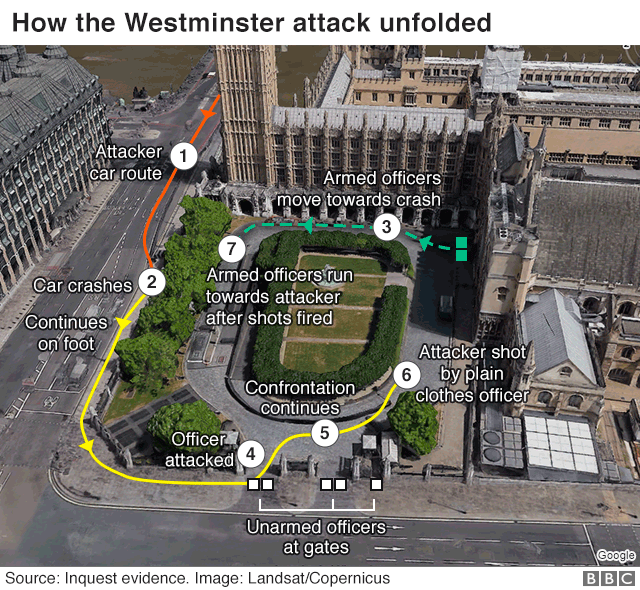

- Published20 September 2018
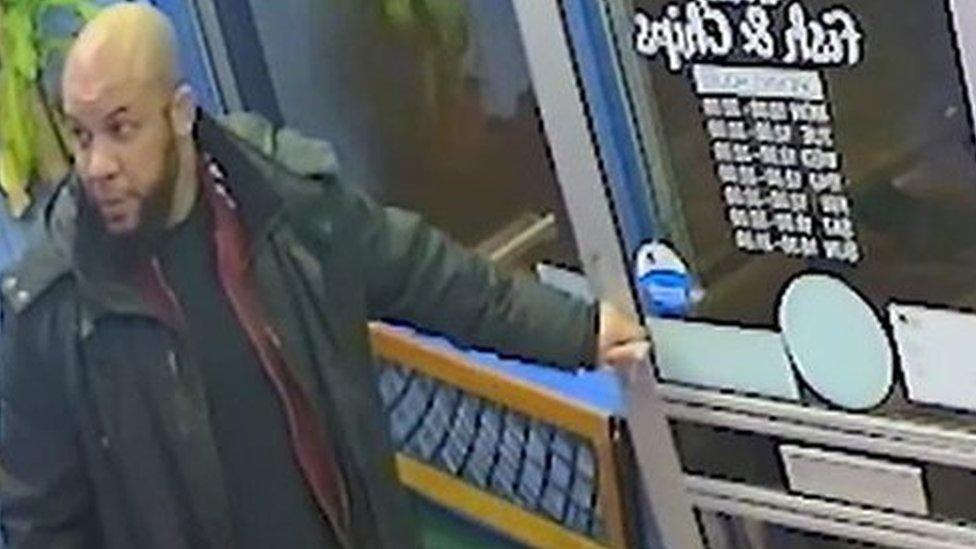
- Published19 September 2018
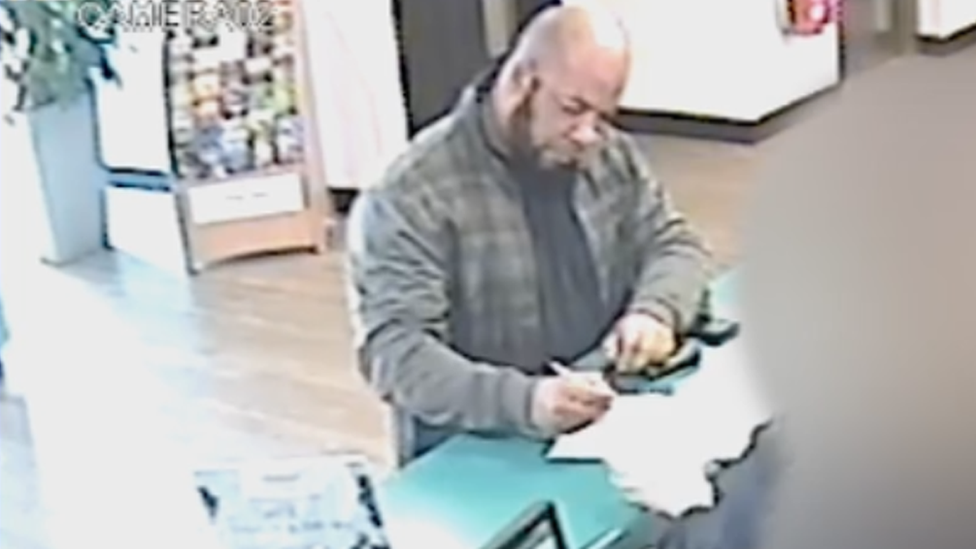
- Published18 September 2018
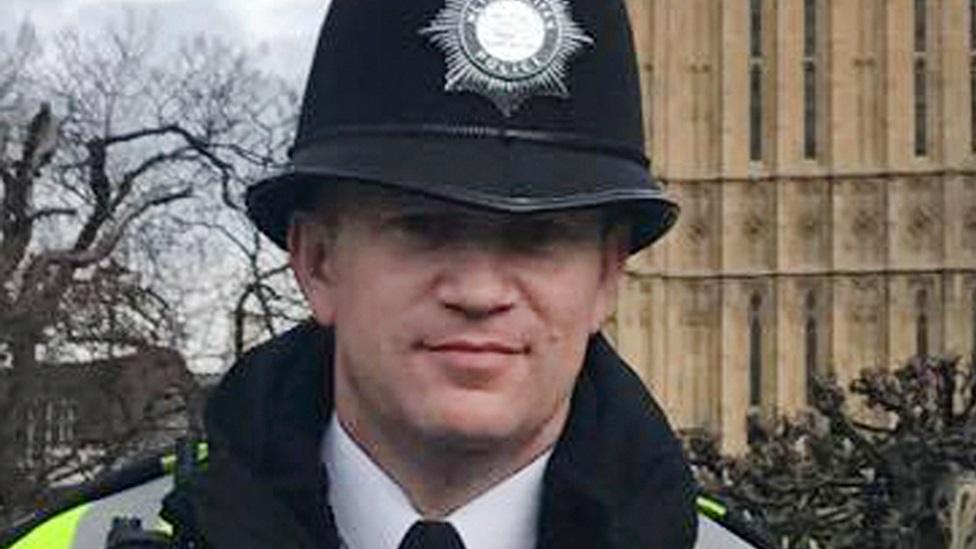
- Published17 September 2018
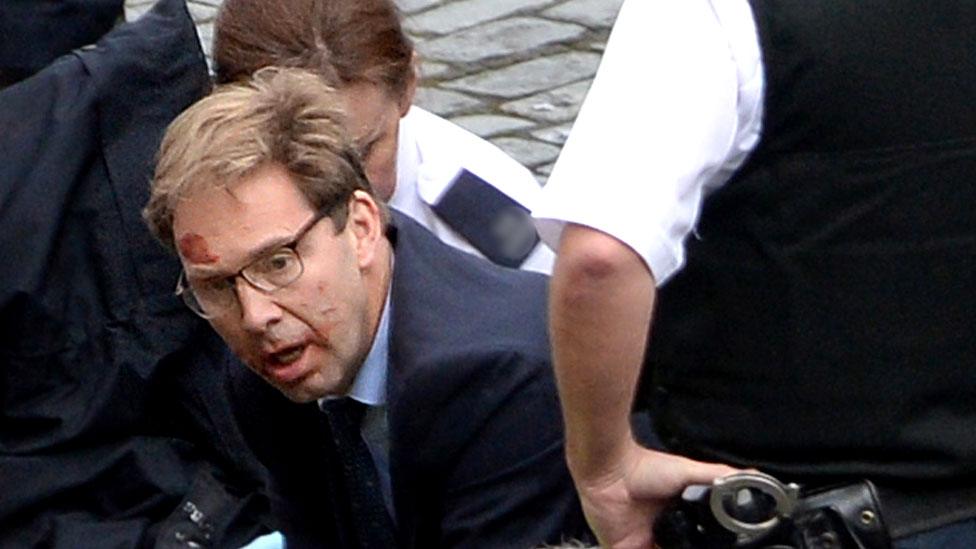
- Published17 September 2018
